Posted by Madam Bubby
When I journeyed to New York for the first time in 1994 for the 25th anniversary of the Stonewall riots, I ended up the night before the parade at a wild sex/play party with a hot leather BDSM top I had just met at a dance in the Armory. The location of the party was in some area of the East Village, I think. When I saw the purple and green walls and the coked up bouncer, my first thought was I was in some kind of Fellini movie.
And then I saw it: the orgy. I couldn’t even distinguish the faces, even characteristics of the individual bodies; the guys groping and pulling and grimacing seems liked one writhing body. I was both attracted and repelled. My new friend and I looked at each other curiously; we tried to mask our insecurities in thinking we were above such lowly, ordinary lusts. My friend would have wanted to separate that group, tie up some of the hot ones with the rope he was carrying; he would contain, tame, and dominate that energy, that fervid rhythm. Yes, there would be pleasure, but not equality. He would break any boundaries, and they would follow him, succumb to his power.
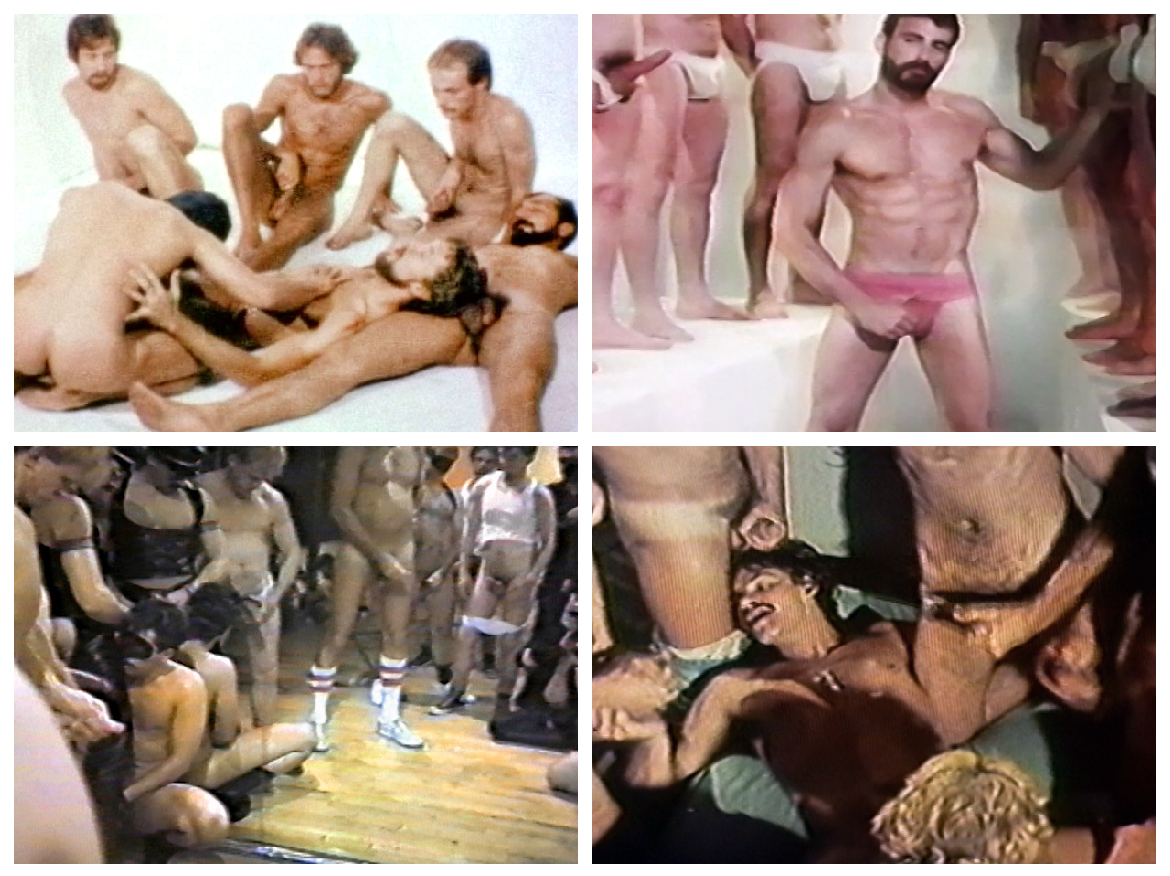
Orgy scenes from 10:30 P.M. Monday, Turned On!, The Goodjac Chronicles, and Closed Set
Elias Canetti in his profound study of crowd behavior Crowds and Power claims that humans’ instinctive drive to participate in the power of the crowd comes from something at one level simple, something we don’t always think about consciously, rhythm, but the rhythm of footsteps. He makes the observation that we walk on two legs, but the feet attached to the legs strike the ground. A person can only movie if they continue to make this action.
And, those “two feet never strike the ground with exactly the same force.” We are different yet the same, and when persons listen to and in some cases merge into the footsteps of others, including animals that naturally congregate in herds, he was drawn to do the same, feeling that power, that ”invincible unity.”
Canetti analyzes a description of the Haka dance of the New Zealand Maoris, originally a war dance, but now performed by rugby teams as both a warm-up team spirit exercise before the game, and, after the game, a victory dance.
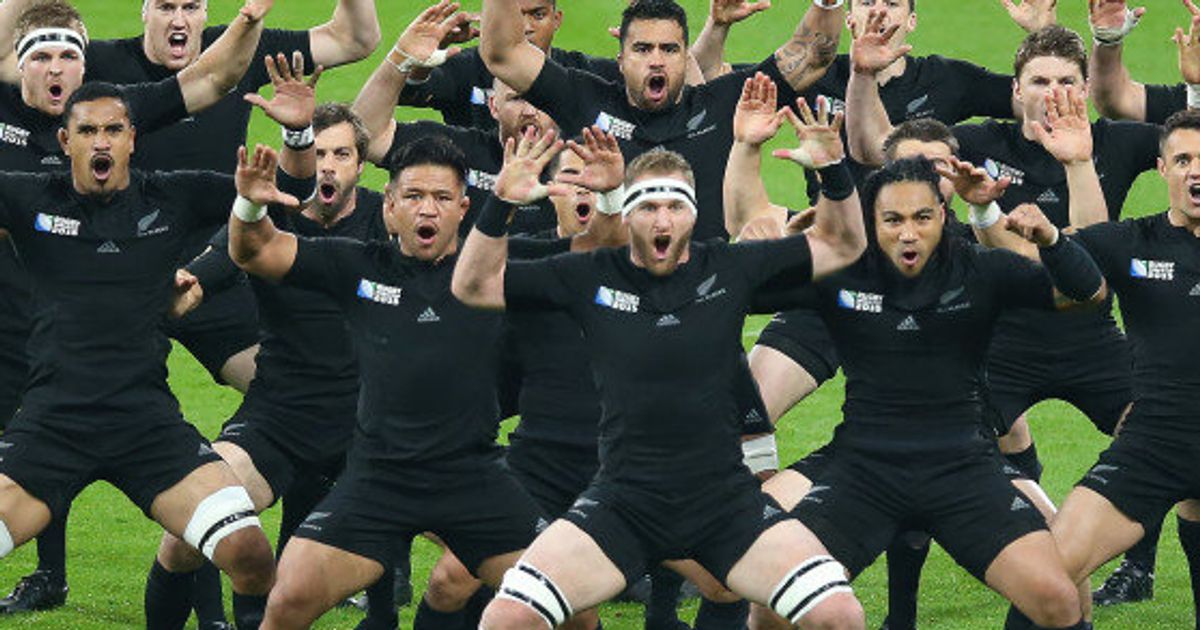
Haka dance - Source: https://www.huffingtonpost.com.au/2015/10/14/haka-rugby- world-cup_n_8290712.html
What’s interesting is in its original situation as the war dance, the performers were naked. And after much showing off of individual agility, including some form of “perpendicular jump,” the dance escalates to a paradoxically frenzied yet controlled unity of movement; Canetti writes, “it is as though each body was taken to pieces, not only the arms and legs, but also the fingers, toes, tongues, and eyes; and then all the tongues got together, and did exactly the same things at the same moment; all the toes and all the eyes become equal in one and the same enterprise.” They are separate bodies, but it looks as if it one body with many limbs and heads. They are dense, equal, one. Yet ultimately it is a performance, done in times when the culture as a whole encounters boundary moments such as welcoming visitors, funerals, and communal feasts.
The literal hunt for the herd eventually became various forms of the dance, a release of that primal energy that for a brief moment blurs cultural boundaries that deter the power of the crowd, displace and deflect the power away from persons onto computers.
Rather than initiating rhythm from what we heard and felt in those original footsteps, we now try to contain it by digitizing it. It is seen, but we can’t always see who is seeing. Everything becomes a performance, but that means nothing really is one in the new world of Zoom.
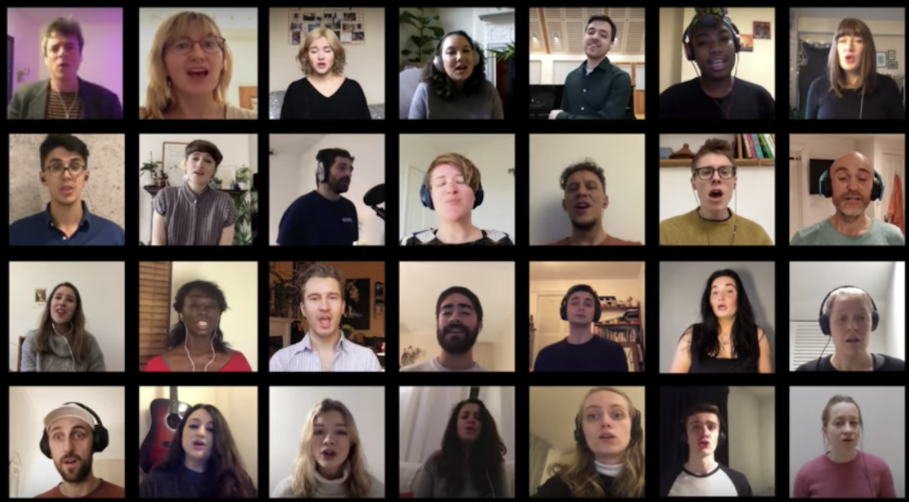
Group Zoom meeting - Source: https://www.timeout.com/things-to-do/best-things-to-do-at-home- stuck-inside-bored
I just can’t imagine a Zoom orgy, BDSM play party, or even Haka dance. The separate but apart dynamic implodes, and it’s not just because of the physical dimension obviously isn’t there; what’s lacking is that feeling of invincible unity based on rhythm and density. Imagining yourself as a participant of course can evoke that feeling, but it’s like an imitation of an imitation. And you are alone. Not even lonely in a crowd.



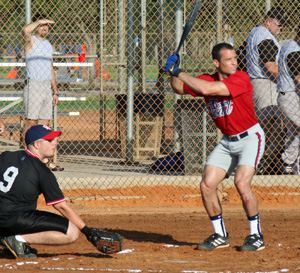
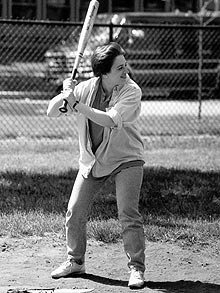
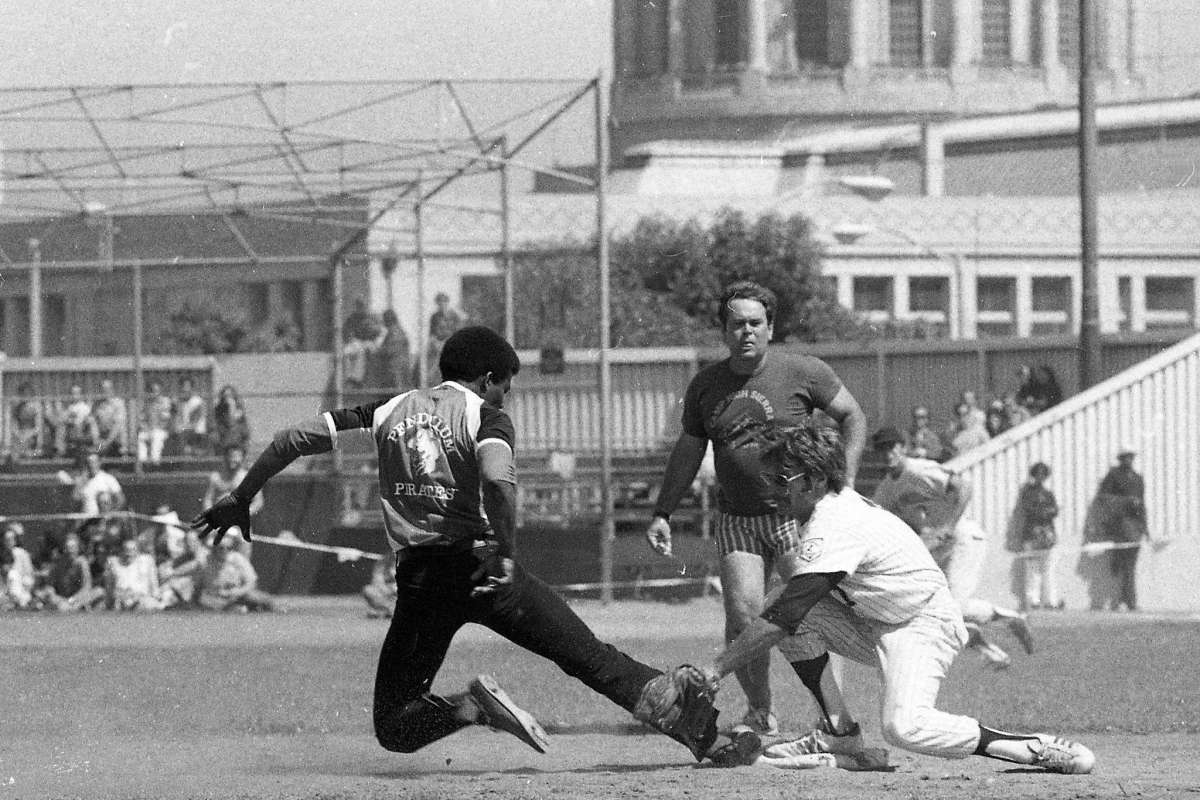
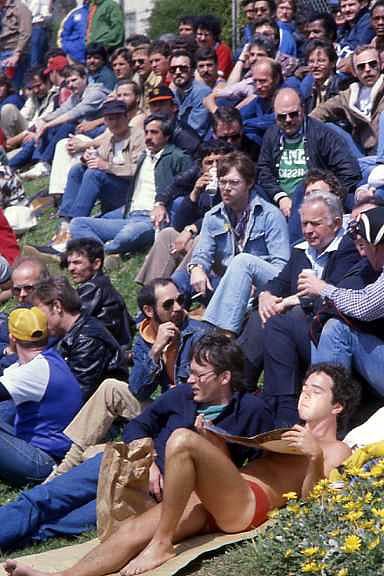
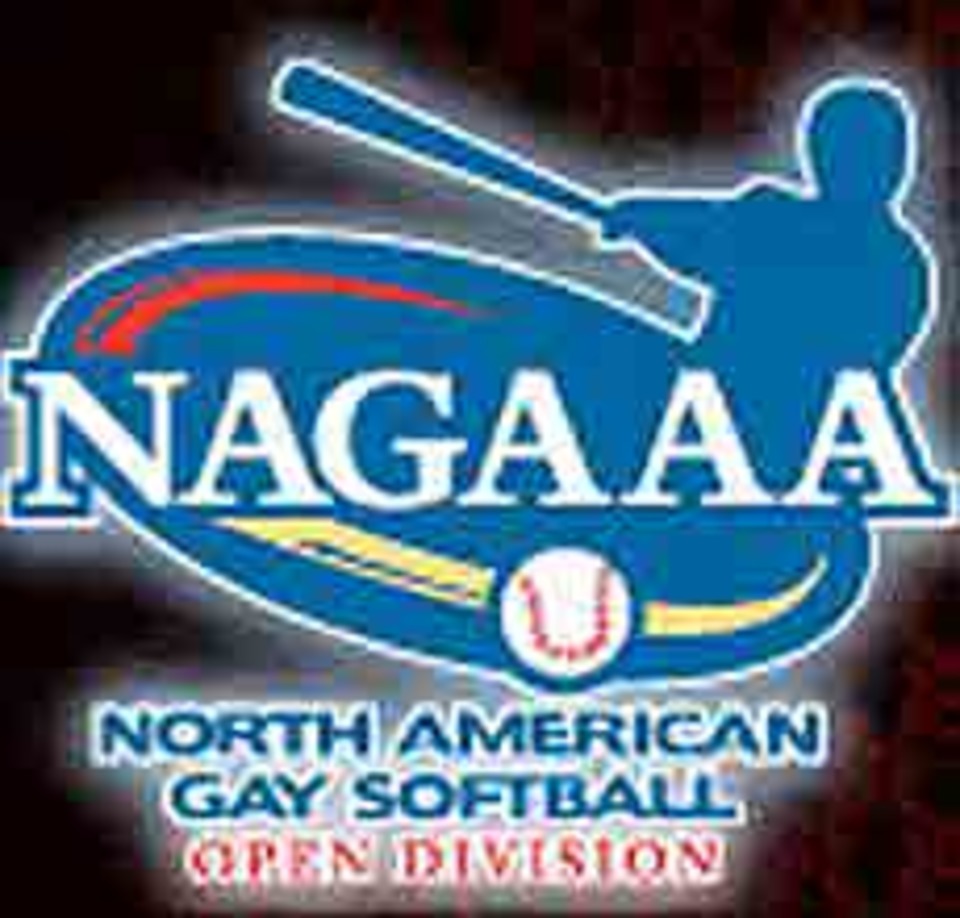
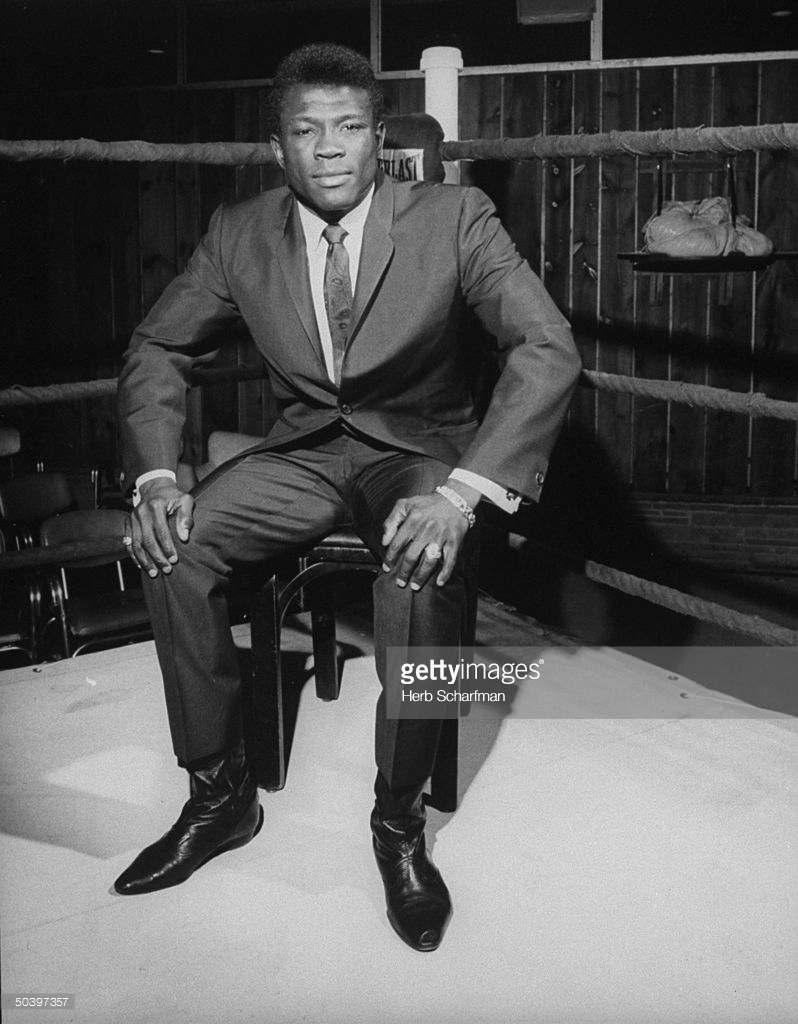
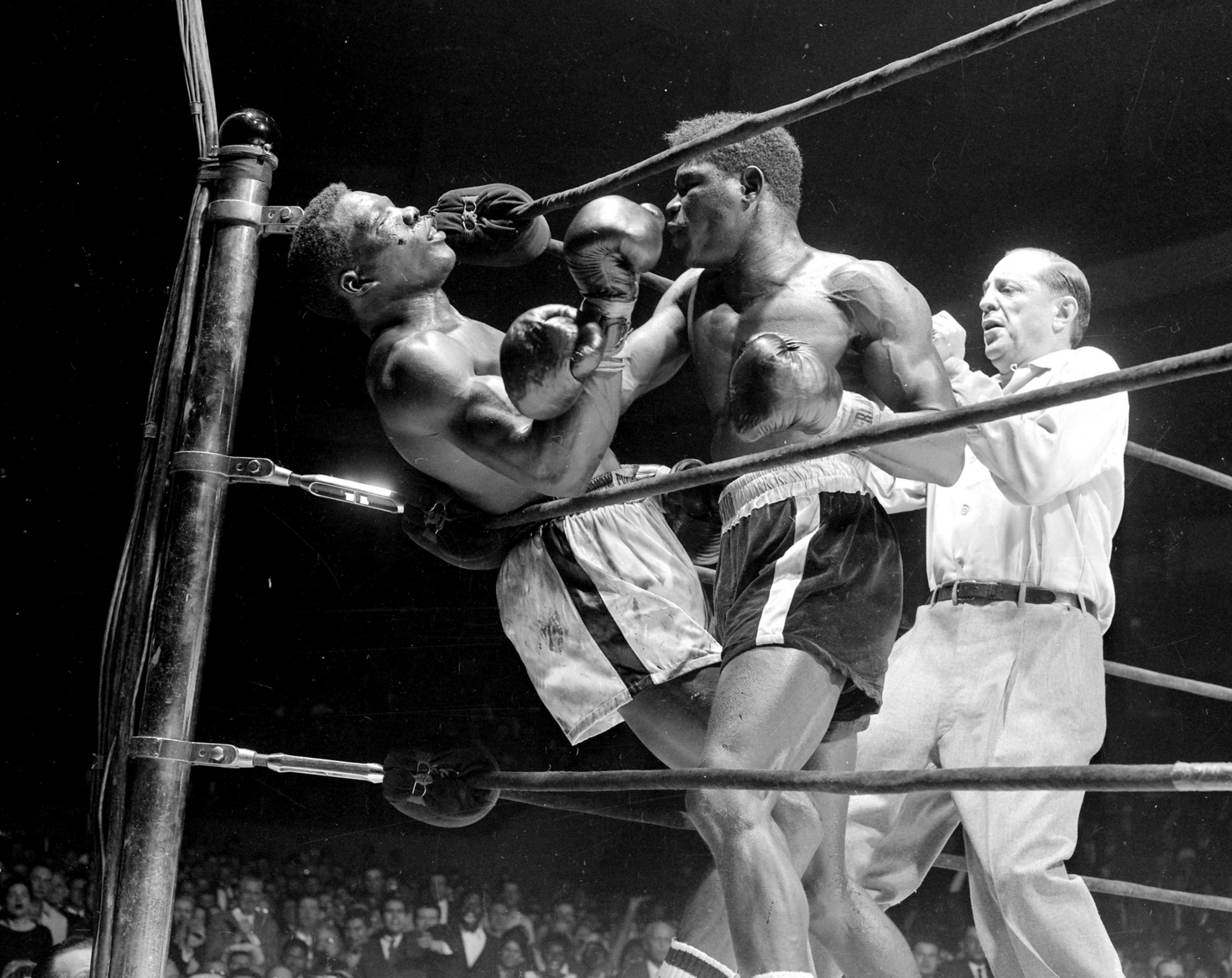
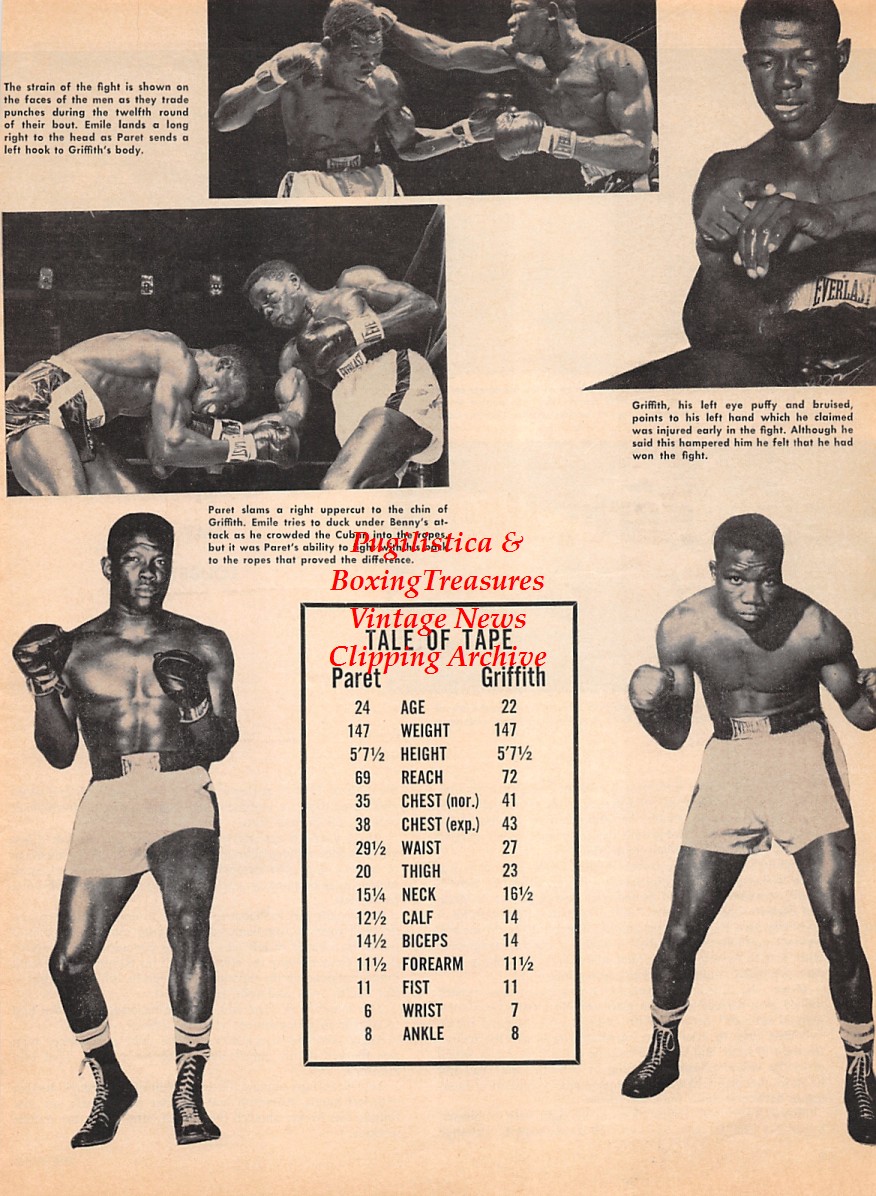
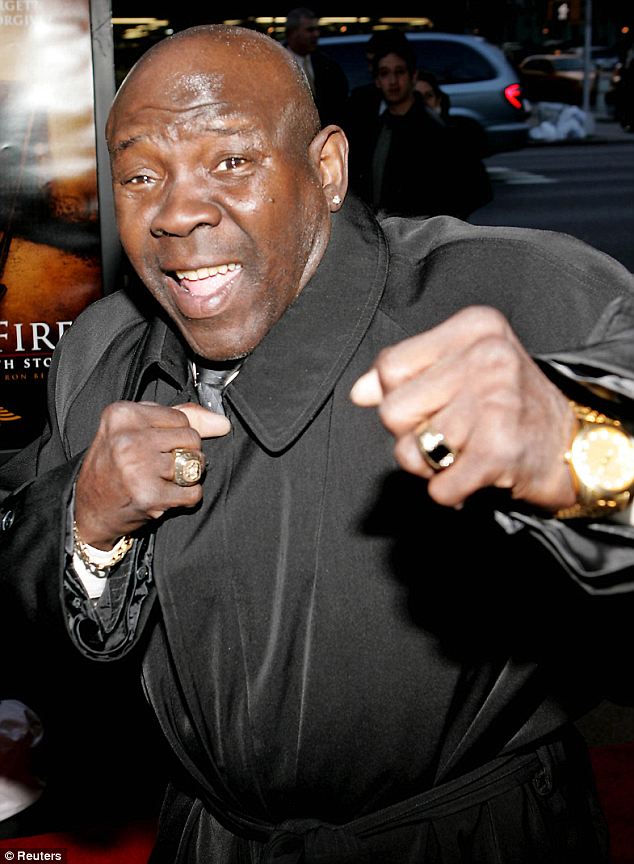
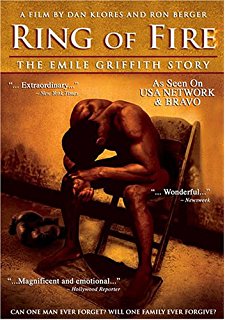
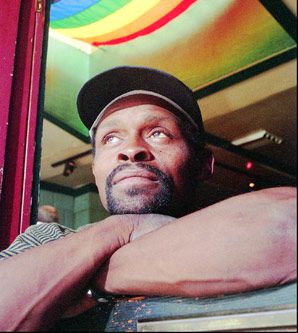
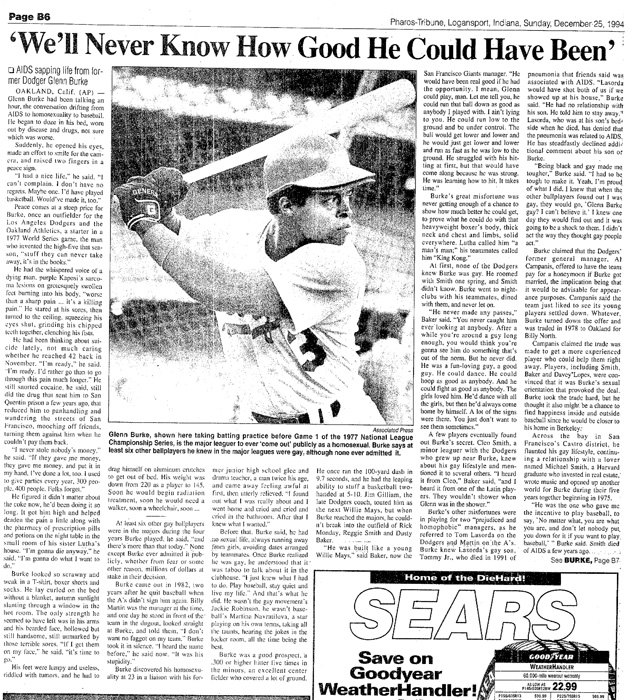
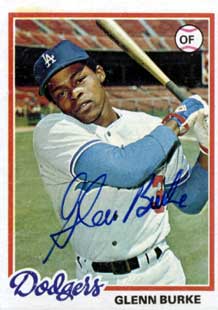
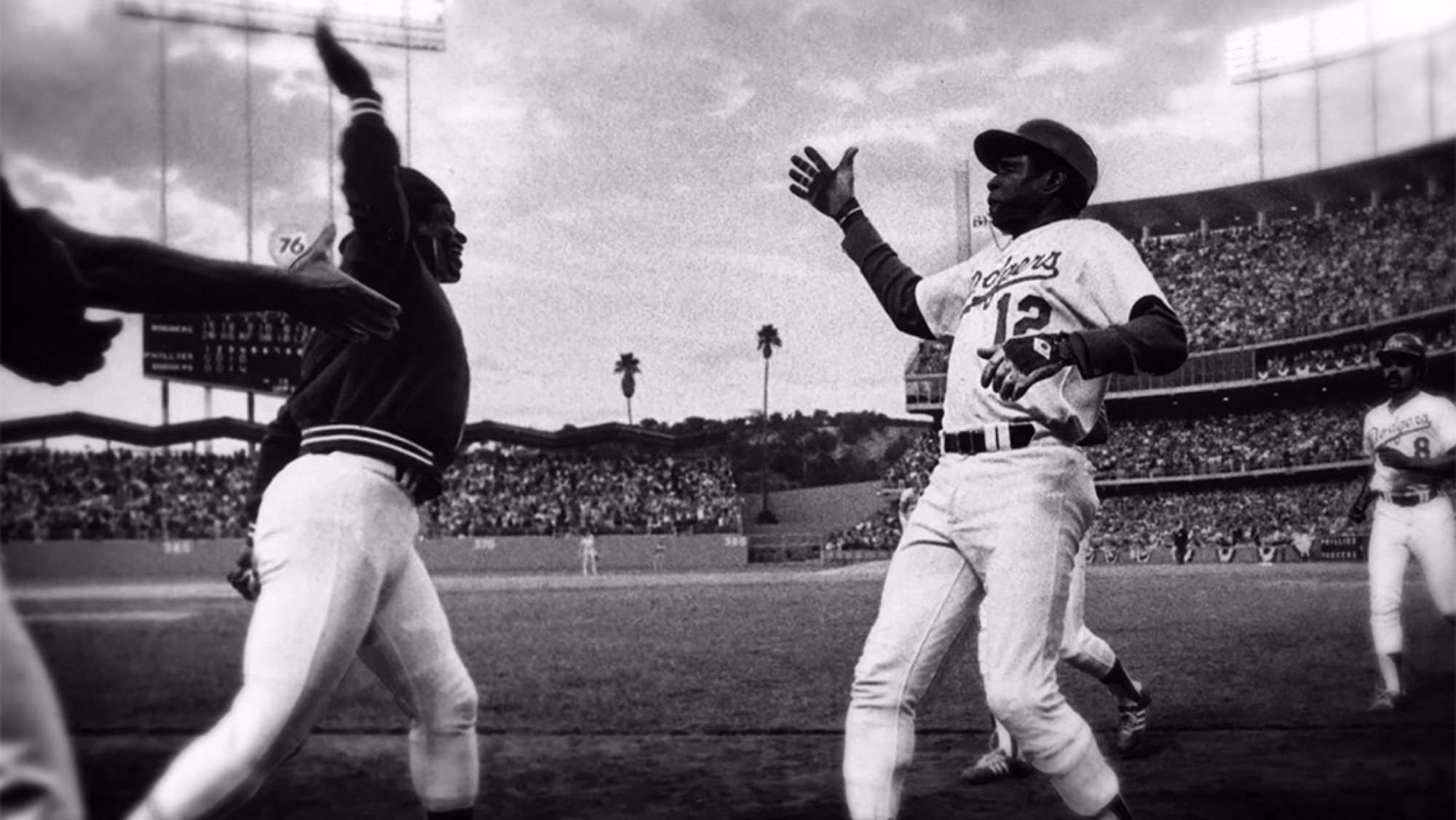


 Join our Email List
Join our Email List Like Us on Facebook
Like Us on Facebook Instagram
Instagram Youtube
Youtube Follow Us on Twitter
Follow Us on Twitter Follow us on Pinterest
Follow us on Pinterest